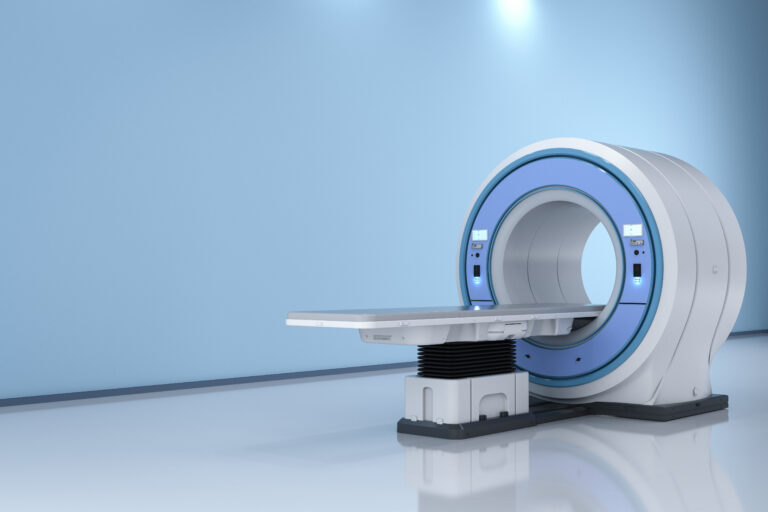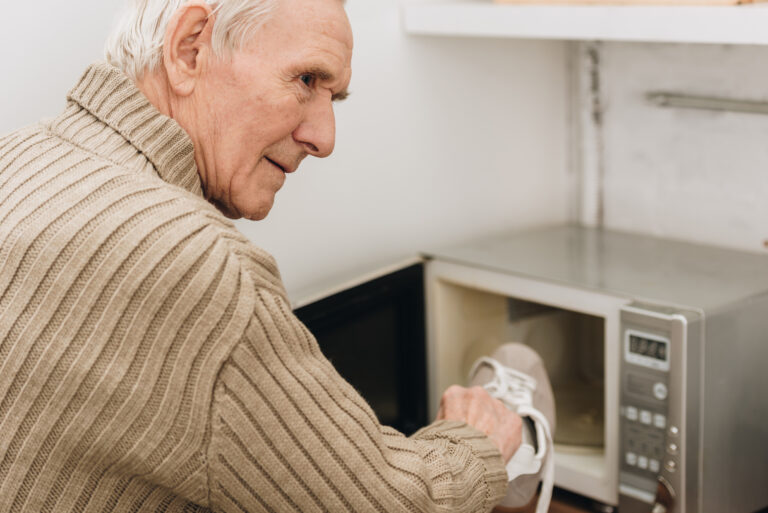Alzheimer’s disease is a progressive neurodegenerative disorder that affects millions of people around the world. It primarily affects memory and cognitive functions, making daily tasks more challenging for those living with the disease. One of these tasks that can be particularly difficult for someone with Alzheimer’s is using a blood pressure cuff. In this article, we will discuss how to help a person with Alzheimer’s use a blood pressure cuff in a simple and easy-to-understand way.
Understanding Alzheimer’s Disease
Before we dive into the steps of helping a person with Alzheimer’s use a blood pressure cuff, it is essential to have a basic understanding of the disease. Alzheimer’s is not a normal part of aging but is the most common cause of dementia in older adults. It is a progressive disease, meaning it worsens over time, and there is currently no cure. The disease affects the brain, causing memory loss, confusion, and changes in behavior and personality. As the disease progresses, it can also affect a person’s physical abilities, making it challenging to perform everyday tasks.
Why Is Blood Pressure Monitoring Important for People With Alzheimer’s?
High blood pressure, also known as hypertension, is a common health condition that affects many people, including those with Alzheimer’s disease. Hypertension can increase the risk of stroke, heart attack, and other serious health problems. Therefore, regular monitoring of blood pressure is crucial for managing this condition. Since people with Alzheimer’s may have difficulty communicating or remembering when to check their blood pressure, it is essential to have a caregiver or family member assist them in this process.
Step-by-Step Guide to Helping a Person With Alzheimer’s Use a Blood Pressure Cuff
1. Prepare the Equipment
Before starting the blood pressure monitoring process, make sure you have all the necessary equipment ready. This includes a blood pressure cuff, stethoscope, and a pen and paper to record the readings. Ensure that the person with Alzheimer’s is in a comfortable and calm environment before proceeding.
2. Explain the Process
It is essential to communicate with the person you are assisting, even if they may not fully understand. Explain the process of using a blood pressure cuff in simple terms and give them time to process the information. Use visual aids such as pictures or demonstrations to help them understand better.
3. Help Them Get Comfortable
The person with Alzheimer’s will need to sit still while their blood pressure is being measured. Help them get into a comfortable position, such as sitting on a chair with armrests. Make sure their feet are flat on the ground, and their arm is resting at heart level.
4. Place the Blood Pressure Cuff
Place the blood pressure cuff around the person’s upper arm, about one inch above the elbow. Make sure it fits snugly but not too tight. The cuff should be in line with their heart.
5. Use the Stethoscope
Using the stethoscope, listen for the person’s heartbeat and locate their pulse on their wrist. Inflate the cuff by squeezing the bulb until it reaches around 30 points above the person’s usual blood pressure reading.
6. Record the Reading
As you slowly deflate the cuff, listen for the first thumping sound in the stethoscope. This is the systolic blood pressure. Continue deflating until there is no longer any sound, which indicates the diastolic blood pressure. Record both readings and repeat the process if necessary.
7. Be Patient and Encouraging
The process of using a blood pressure cuff can be confusing and intimidating for someone with Alzheimer’s. Be patient and encouraging throughout the process. Reassure them and praise them for their cooperation.
8. Monitor Regularly
It is essential to monitor blood pressure regularly for people with Alzheimer’s, especially if they have other related health conditions. Set a schedule for monitoring and stick to it. Regular monitoring can also help identify any changes in blood pressure that may require medical attention.
In Conclusion
Helping a person with Alzheimer’s use a blood pressure cuff may seem like a daunting task, but with patience and understanding, it can be done successfully. Understanding the disease and following these step-by-step instructions can make the process easier for both the caregiver and the person with Alzheimer’s. Regular blood pressure monitoring is crucial for managing hypertension and maintaining overall health. By providing support and assistance, you can play an essential role in helping a person with Alzheimer’s live a healthy and comfortable life.





